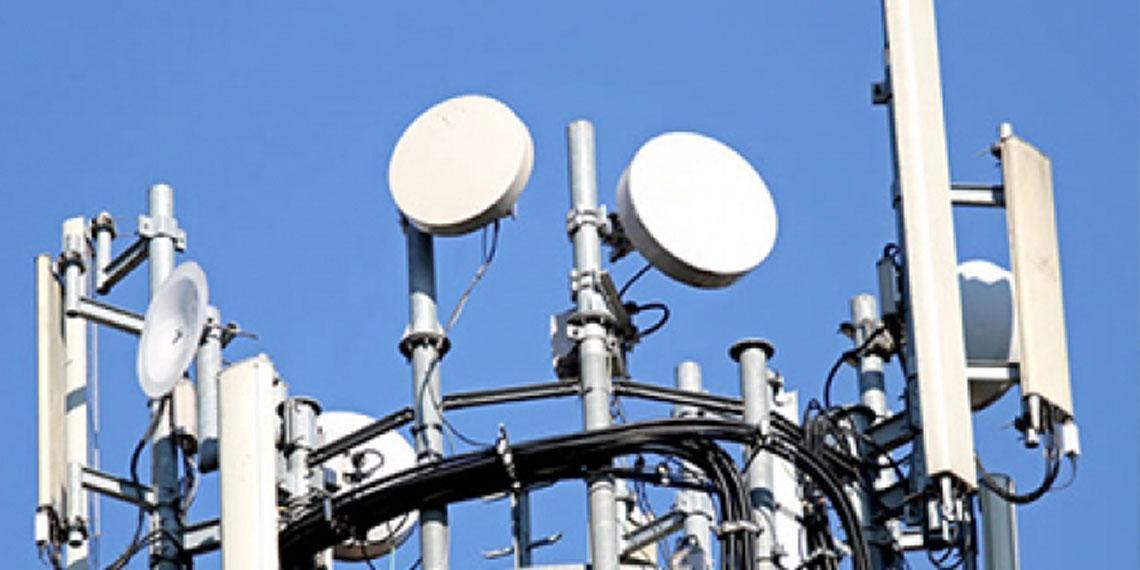Ben Cardwell puts the spotlight on the cell-site options available for mobile operators struggling to meet surging demand and minimize rollout costs.
The wireless industry is in the middle of the 4G technology cycle. The major LTE coverage builds in first-mover markets are largely done, and operators are now in adding capacity to those networks. The industry is also in the midst of the evolving to the next generation of virtualized wireless networks. The 5G vision is blurry, but there are three primary trends for the evolution of the outdoor radio access network (RAN): densification, virtualization and optimization.
Densification
A recent report predicted that total monthly mobile data traffic would increase at a compounded annual growth rate of 45 percent from 2015-2021. So the need for wireless operators to add capacity to their networks to meet this demand will continue over this period. Small cell deployments were expected to be the leading network densification tool. However, operators continue to face some serious challenges when deploying small cells outdoors, namely site acquisition, power and backhaul. Getting access and permits to tenable sites, and delivering power and backhaul to them, can be roadblocks. These factors can make costs prohibitive, and limit the number of users that can be served from any given cell site.
Some operators have devised creative solutions to these challenges. For example, Vodafone collaborated with advertising giant JCDecaux to put small cells in bus shelters in Amsterdam. Notwithstanding these creative solutions, I expect more macro cell sites to be deployed in 2016 than small cells. A leading way to add capacity in the macro network is to use sector splitting. Taking a three-sector site and turning it into six sectors basically doubles the capacity. Sector splitting tends to be more cost-effective that small cells and I expect to see more focus on such macro network solutions this year.
Virtualization
The long-term goal of many network operators is to evolve to cloud RAN architecture. Cloud RAN moves the baseband processor into the core network from the cell site. A network that is completely run in the cloud would have equipment placed centrally in a big data center with digital-to-RF converters located at the edge. To accomplish this operators need dedicated fiber links with very low latency and very high capacity from every cell site to the central core.
Cloud RAN architecture will improve network performance with capacity that can be optimized dynamically. We are already seeing the benefits of this model with in-building cell sites where centralized capacity can be adjusted dynamically to meet actual usage. For example, when all employees gather in a large auditorium in a large office building, a cloud RAN architecture enables capacity to be re-allocated automatically to these areas.
The next phase of cloud RAN evolution will be outdoors. This will not be completed in 2016, but some operators are making significant progress. I expect to see more cell sites with baseband processing moved into centralized locations. Of course, the challenges of site acquisition, power and backhaul apply to these centralized sites as well.
Optimization
In the midst of this Cloud RAN evolution, one rule still applies. Network operators need to squeeze as much capacity as possible out of their existing networks. Optimization of a cellular network can be compared to the steps taken to make a car more energy efficient: taking excess weight out of the trunk, using better gasoline, driving on good tires, etc. When it comes to optimizing the RAN, it's largely about having the best signal to noise ratio. Simplistically, this means making the desired signals to be really loud and everything else to be really quiet.
In LTE networks, the most significant source of interference is passive intermodulation (PIM). PIM can result in significantly degraded voice quality, dropped calls and reduced data throughput. The effects of PIM can be drastic - just a one decibel drop in uplink sensitivity due to PIM can shrink the wireless coverage area by more than 10 percent. Network operators strive to minimize address PIM in all phases of network deployment. They are even raising their key performance indicators to further decrease its impact on their networks.
2016 will be an interesting year for the wireless industry. On the one hand, we are in a lull between the major rollouts of LTE and the future deployment of 5G. But the seeds of what will ultimately make 5G are appearing now. More sites, with more virtualization and a continued emphasis on optimization will underpin the wireless networks of tomorrow. A denser, more nimble and more efficient network is the goal. 2016 will be a significant milestone on that journey.
Ben Cardwell is the senior vice president and segment leader of CommScope Mobility Solutions.





